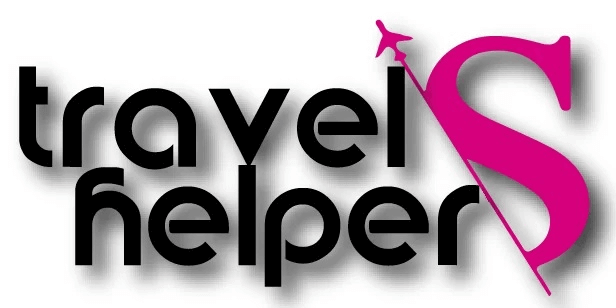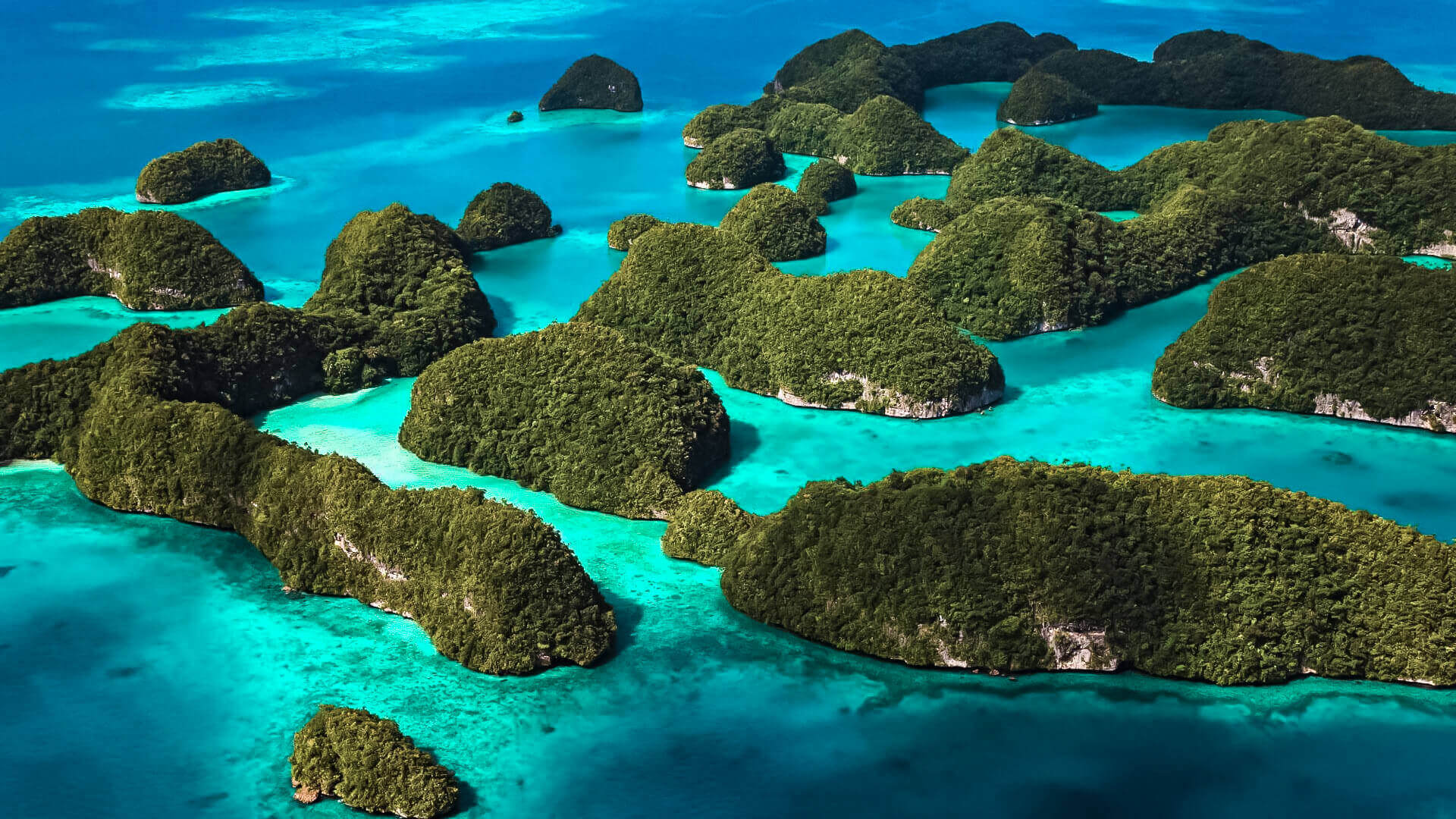The nation was first inhabited about 3,000 years ago by migrants from the Philippines, and it was home to a Negrito people until around 900 years ago. Europeans initially discovered the islands in the 16th century, and they were included into the Spanish East Indies in 1574. Following Spain’s loss in the Spanish–American War in 1898, the islands were ceded to Imperial Germany in 1899 as part of the German–Spanish Treaty and governed as part of German New Guinea. During World War I, the Imperial Japanese Navy captured Palau, and the islands were subsequently included into the Japanese-ruled South Pacific Mandate by the League of Nations. During World War II, as part of the Mariana and Palau Islands campaign, American and Japanese soldiers fought skirmishes, including the main Battle of Peleliu. In 1947, Palau, along with the other Pacific Islands, became a member of the United States-governed Trust Territory of the Pacific Islands. After voting against joining the Federated States of Micronesia in 1979, the islands achieved complete sovereignty in 1994 through a Free Association Compact with the United States.
Palau is a presidential republic in free association with the US, which provides military, money, and access to social services. The bicameral Palau National Congress has legislative authority. Palau’s economy is mostly dependent on tourism, subsistence agriculture, and fishing, with foreign assistance accounting for a substantial part of the country’s gross national product (GNP). The United States dollar is the country’s currency. The culture of the islands combines Japanese, Micronesian, and Melanesian influences. The bulk of the population is of mixed Micronesian, Melanesian, and Austronesian ancestry, with substantial populations derived from Japanese and Filipino immigrants. Palauan (a member of the Sunda–Sulawesi language group) and English are the country’s two official languages, with Japanese, Sonsorolese, and Tobian recognized as regional languages.


